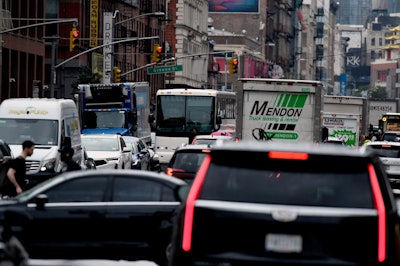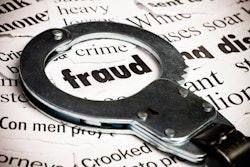
New York City’s first-in-the-U.S. congestion pricing toll for entering the city is expected to reduce traffic by 80,000 vehicles each day and add $15 billion in transportation funding, city officials say.
Since January 5, drivers entering the “Congestion Relief Zone” in Manhattan south of Central Park must pay tolls as part of a new congestion pricing program. Similar systems have been installed in cities such as London, Stockholm and Singapore.
Formerly known as the Central Business District, the zone activated by the Metropolitan Transportation Authority aims to reduce congestion and raise funds for upgrades to the city’s public transportation systems. The zone currently contains 94 subway stations, 99 bus routes and 2,500 trains per day.
The tolling system is made up of 1,400 cameras, over 110 detection points, over 800 signs and 400 lanes of traffic.
With an E-ZPass, tolls can range from $9 at peak hours to an overnight rate of $2.25 per vehicle, with exemptions for those with disabilities, emergency vehicles, buses and certain government-owned vehicles.
Eighty percent of this revenue, about $12 billion, will go toward improvements to the city’s buses and subways. Some of the first projects lined up for toll funds include tunneling for subway routes, upgrading subway station accessibility and ramp reconstruction and main cable dehumidification on the Verrazzano-Narrows Bridge.
The New York City MTA was directed by state law to create the congestion pricing program in 2019.











